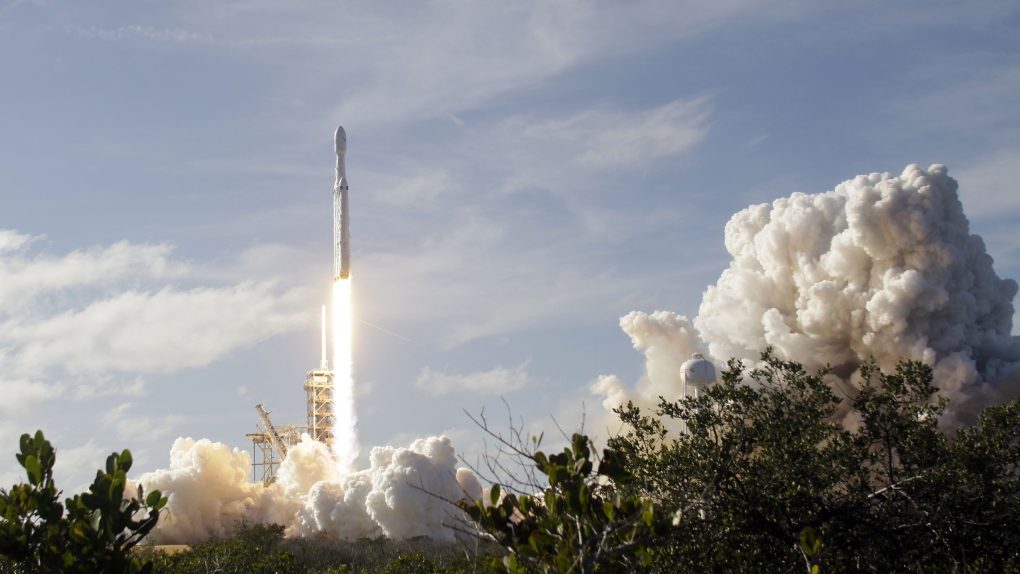Resupply missions to the International Space Station are typically routine affairs, and SpaceX has completed well over a dozen such missions ahead of this week’s CRS-17 venture. Unfortunately for both NASA and SpaceX, their plans have been derailed not once, but now twice.
The original planned launch of CRS-17 was to take place on Wednesday of this week, but NASA was forced to cancel after a power issue aboard the ISS required immediate attention. The rescheduled launch was to happen today, Friday, but that, too, has been scrubbed. According to NASA, SpaceX had to pull the plug at the last minute due to a glitch in the company’s drone ship which is responsible for catching the Falcon 9 when it returns back to Earth.
“This morning’s launch attempt has scrubbed due to a drone ship power issue,” NASA explained in a very brief statement. “The next launch opportunity will be at 2:48 a.m. EDT Saturday, May 4.”
SpaceX’s statement offered a bit more detail while also noting a second issue that needed to be cleared up in short order. “Standing down today due to an electrical issue on the Of Course I Still Love You droneship,” the company said via Twitter. “Teams will also address the ground side helium leak before tomorrow’s backup launch opportunity at 2:48 a.m. EDT, 6:48 UTC.”
Today’s launch window was instantaneous, meaning that if everything wasn’t perfect at the exact moment the launch was planned for there would be no opportunity clear things up. SpaceX had already begun its live streaming coverage of the launch when it was forced to announce the delay, which was a bit of a bummer.
At the moment, everything would appear to be in order for a Saturday morning launch, but as both SpaceX and NASA have demonstrated this week, issues tend to come out of nowhere when rockets and space stations are involved.








